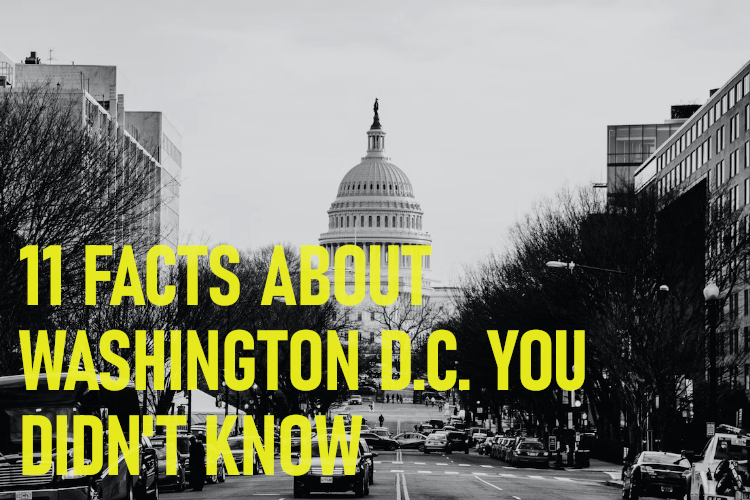
Whether you’re an avid political enthusiast or not, there’s no denying that Washington, D.C. is one of the most important and powerful government centres in the world.
Outside the political sphere, it is also one of the most visited destinations in the USA, filled to the brim with incredible museums, galleries and monuments. And let us not forget about its burgeoning culinary and entertainment scenes!
With such a rich history and reputation, could there even be anything left to learn about the US capital? Let’s find out.
Here are 11 facts about Washington, D.C. that you may not have known.
1. Washington, D.C. could soon become the 51st state
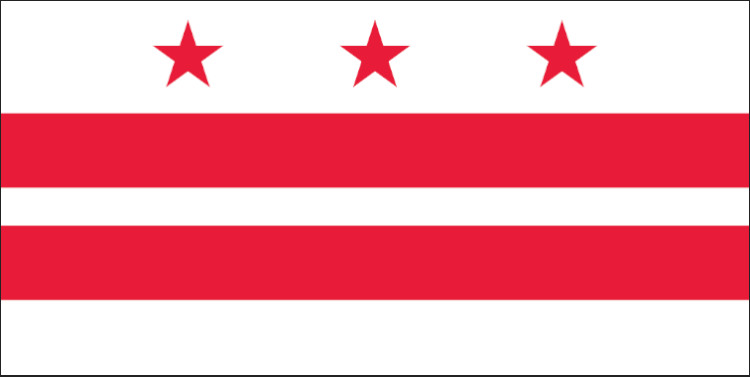
Despite being governed by a locally elected mayor and city council, and despite paying some of the highest taxes in the nation; residents of the District of Columbia have limited representation in Congress, which maintains supreme authority over the city and local laws. That is why there have been many political movements, especially since the 1980s onward, advocating to incorporate the District as a state in its own right.
In the most recent turn of events, the House of Representatives passed the Washington, D.C. Admission Act on June 26, 2020. While this was an important milestone in the movement, the bill died in the Senate. It was again passed in the House on April 22, 2021, but at the time of writing this article, still required the go ahead from the Senate and the President. It was once again met with heavy opposition.
Should the District be granted statehood, it is proposed that the state name will change to “Washington, Douglass Commonwealth” in honour of African-American reformer and abolitionist, Frederick Douglass. The US capital will then be made up of a largely downsized portion of the current federal district, mostly consisting of the “uninhabited” sections that include the White House, Capitol Building, the National Mall and it’s monuments, as well as most federal buildings. More information can be found here.
2. George Washington never lived in the White House
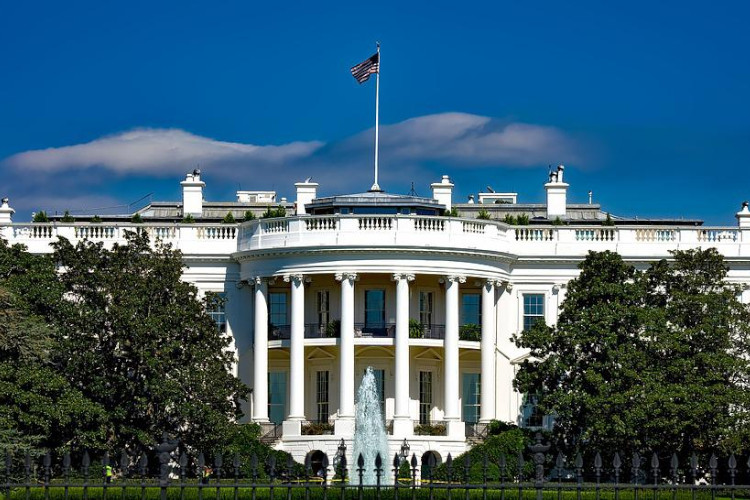
Construction of the White House started on October 13, 1792. Although Washington was present at the laying of the building’s cornerstone, he had already finished his term in office and passed away before it was completed on November 1, 1800. His successor, John Adams, was the first president to inhabit the White House, as has every single president thus far after him.
3. The Capitol Building forms the center of the District’s city plans
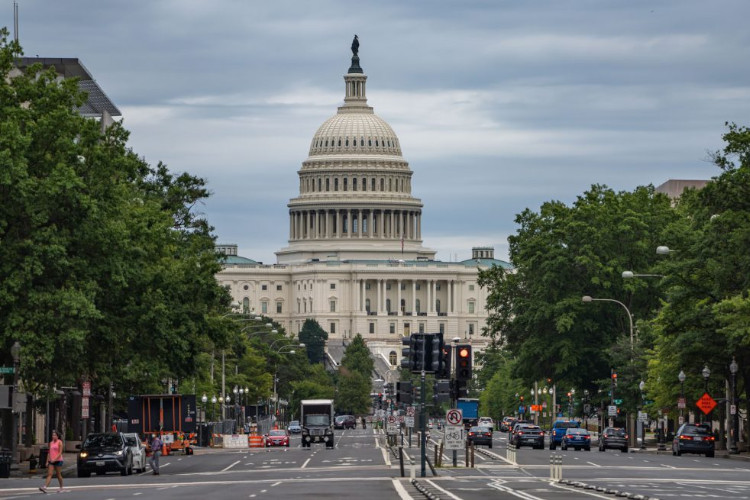
Pierre “Peter” Charles L’Enfant, a French army engineer who also fought in the American Revolution, was the original visionary commissioned by George Washington to create the design plans for the Federal District. His plans, which drew inspiration from that of Paris, Amsterdam and Milan, divided Washington into four quadrants, each bound by the axes of the four compass points. The central point from which these axes radiate is found in the Capitol building, dividing the District into the Northwest (the largest), Northeast, Southeast and Southwest quadrants.
Some more facts about the Capitol Building that you might not have known:
- Hidden in the Capitol’s basement are two remaining bathtubs made of Italian marble. At the time of the building’s reconstruction in the late 1850s, most senators lived in boarding houses with no running water when in town. These tubs were installed for senators to take a soak, and even became a luxurious privilege to share with honoured guests.
- Apart from the obvious off-limits elevators in the Capitol, there is also a vast network of underground tunnels that connect it to some of the most important buildings in the capital. There is even an exclusive subway system reserved for those on Capitol Hill! Read more about that here.
- There is a crypt under the Capitol Building that was intended for George Washington, complete with a viewing chamber. However, despite numerous attempts to relocate his body to the burial chamber, Washington remains buried at his estate in Mount Vernon, Virginia, as was his wishes according to his will.
4. Washington D.C. is super easy to navigate without a GPS
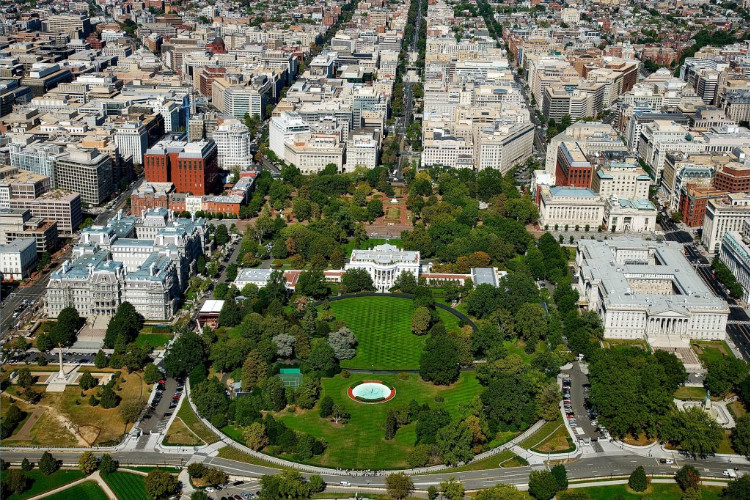
We definitely don’t mean the city is easy to drive through during peak hour traffic, but with a very logical, grid-shaped street plan, chances are you’d be able to find your way even without some help from your navigation apps. Streets running east-west are generally named with letters (such as E Street), while streets running north-south are numbered (for instance 16th Street). Diagonal streets are often named after US states on the other hand.
So why would that make it easier to navigate? You see, because Washington is divided into four quadrants, each road normally includes the quadrant abbreviation to indicate its location, and house numbers normally indicate how many blocks away from the Capitol it is situated. This way, you’ll always know in which direction to go to reach a destination relative to your current numbered or lettered street, and it’s corresponding quadrant abbreviation.
5. The National Cathedral has a grotesque of Darth Vader
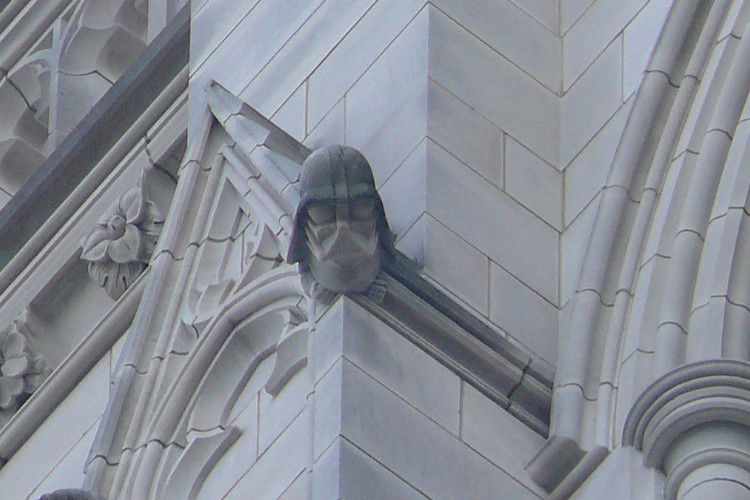
While it is not uncommon to see cathedrals adorned with gargoyles*, grotesques and chimera (those ornate stone carvings that embellish their outside facades), the National Cathedral in Washington takes it to the next level. Many of their decorative stone carvings feature caricatures and pop culture depictions, the most famous of these being a grotesque of Darth Vader that watches dutifully over the dark, north side of the Cathedral. This character was one of the winning entries in a competition ran by the Cathedral and National Geographic World magazine in 1986. While there are organised viewing tours of the various chimera, entry to the Cathedral grounds are free of charge and visitors can try to spot them at their own pace – just be sure to take binoculars!
*Fun fact: Not all stone carvings on cathedrals can be called “gargoyles”. Normal stone carvings are called grotesques or chimera, while only those that function as ornate waterspouts for the gutter system are considered gargoyles.
6. The Library of Congress is one of the largest libraries in the world
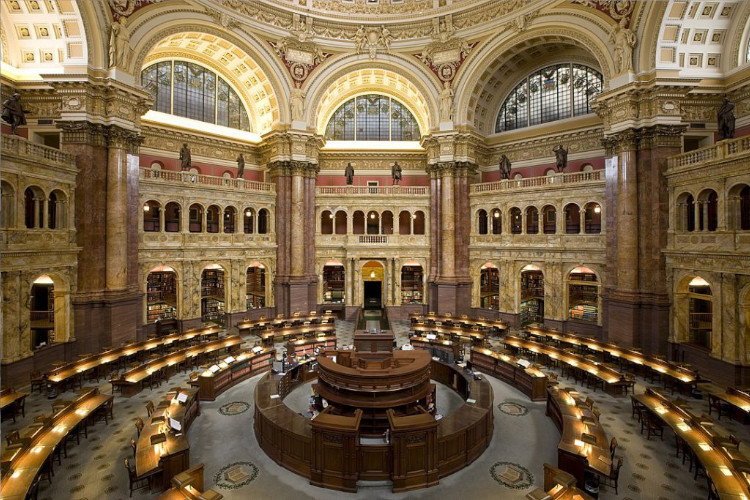
The Library of Congress is the national library of the United States and is the oldest federal institution in the country, dating back all the way to 1800. With more than 170 million catalogued items in its collection, and more than 10 000 items being added daily; it is currently the second largest library in the world, just behind the British Library in the United Kingdom.
The Library’s massive collection spans from books to manuscripts, comics to motion pictures, music to photographs and presidential papers. With more than 2.9 million volumes, it includes the largest legal collection in the world; it also hosts one of the largest international collections on the planet with materials in more than 470 languages. The smallest book in its collection is about the size of a full stop on a typed page, while the largest is a 5×7 foot image book of Bhutan. One of the most prized works in the Library’s collection, though, is arguably one of the most influential books in the history of the West: a perfectly preserved, original, 15th-century print of the Gutenberg Bible.
7. D.C. is home to the oldest fish market in the USA
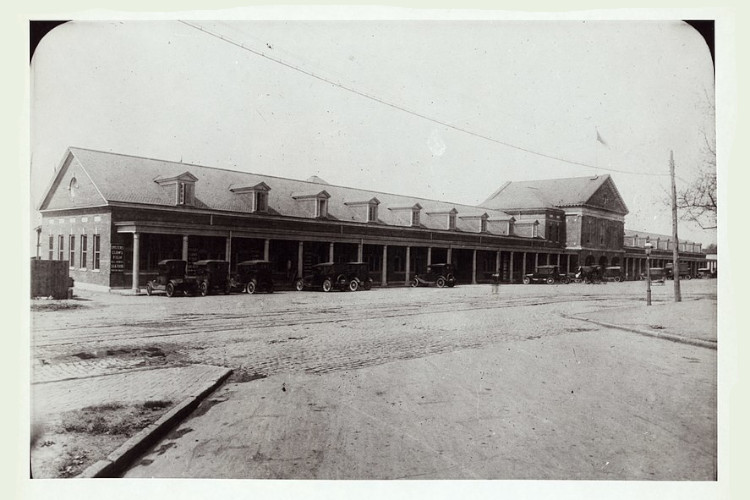
Dating back all the way to 1805, the The Municipal Fish Market at The Wharf – locally known simply as The Fish Market and formerly called the Maine Avenue Fish Market – is the oldest continually operating fish market in the United States, predating New York’s Fulton Fish Market with 17 years. Legend has it that seafood has been sold from these wharves from as early as 1792, with a high probability that even the first President himself may have enjoyed the delectable fare of the market’s predecessors.
8. The Smithsonian is the largest museum, education and research complex in the world
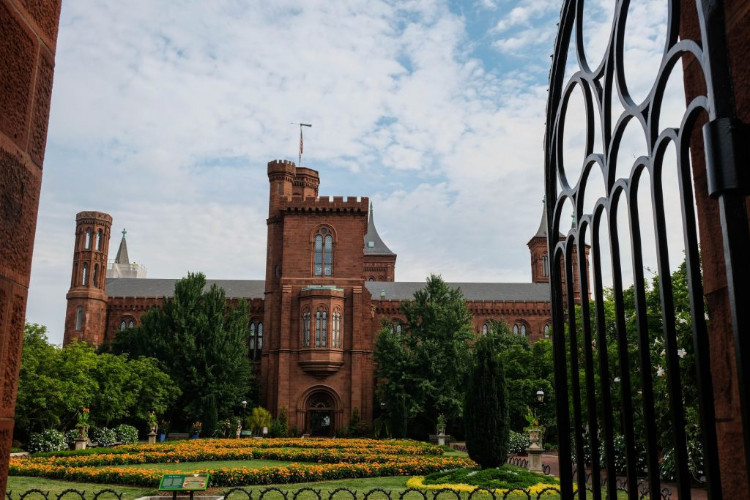
The world-renowned Smithsonian Institution holds a collection of more than 154 million items and draws around 30 million visitors annually to its 19 museums, 21 libraries, 9 research centers and zoological garden. While most of their museums and galleries are based in Washington D.C., many on the National Mall, the Institution also has facilities in Maryland, Virginia and New York. Among its most famous attractions are the National Air and Space Museum, the National Museum of Natural History and the National Zoo. The Smithsonian’s iconic main building, known as The Castle, is designated a National Historic Landmark. It houses the Institution’s administrative offices and main visitor center.
9. There is a spelling mistake on the Lincoln Memorial’s north wall
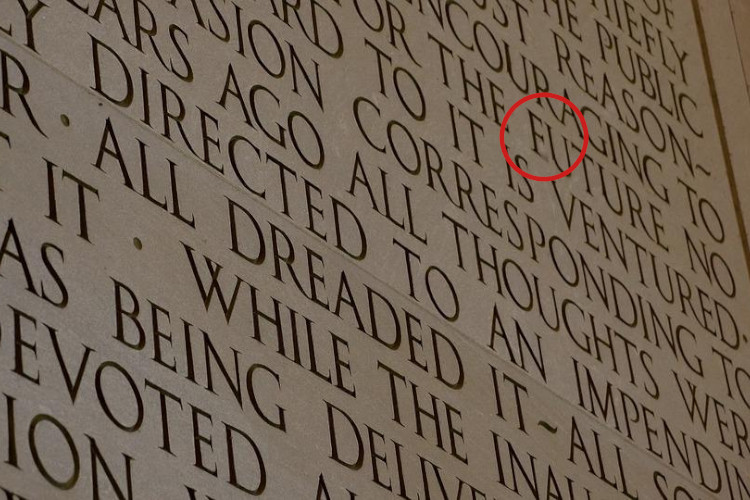
Modeled after the Parthenon in Athens, the Lincoln Memorial is one of the most famous, and most beautiful, monuments in the capital. Set at the edge of the Reflecting Pool, the Memorial honours the legacy of the beloved 16th president of the United States, Abraham Lincoln. It has been the site of many historical moments, such as Martin Luther King Jr.’s famous “I Have a Dream” speech. It is also the site of one of the biggest blunders in US monument history.
Inside the Memorial one can read Lincoln’s second inaugural address engraved in stone on the north wall. However, upon closer inspection, an occurrence of the word “future” can be spotted with an erroneous “e” chiseled at the beginning of the word, marking the president’s “high hope for the euture”. Despite efforts to fill in the letter to form an “f” again, the general outline is still mostly visible and it has become somewhat of an attraction in its own right.
10. D.C. has the second busiest metro in the United States
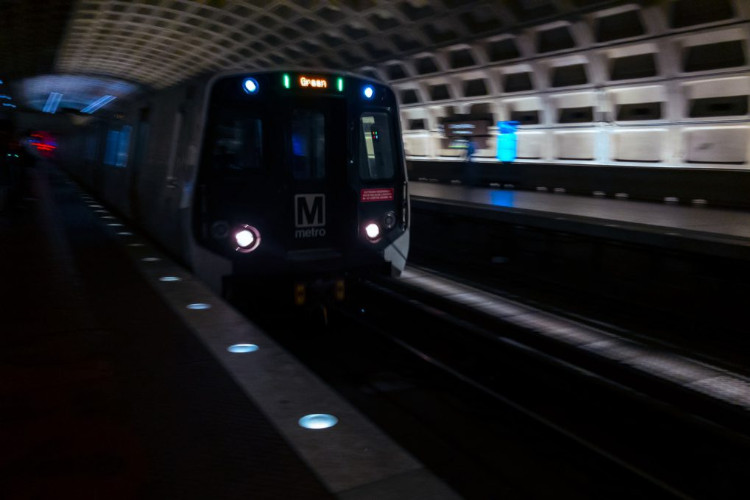
With an annual ridership of more than 237 million* and a weekly average of 816 700 passenger rides, the Washington Metro can comfortably claim the title of second busiest metro system in the United States. That makes the capital’s metro system busier than that of Chicago, Boston, San Francisco and Philadelphia! The number one spot, naturally, goes to the New York City Subway, which has a staggering annual ridership of 2.7 billion* and a weekly average of 9.1 million passenger rides.
*Figures based on 2019 stats by the American Public Transportation Association
11. The Washington Monument was once the tallest man-made structure in the world
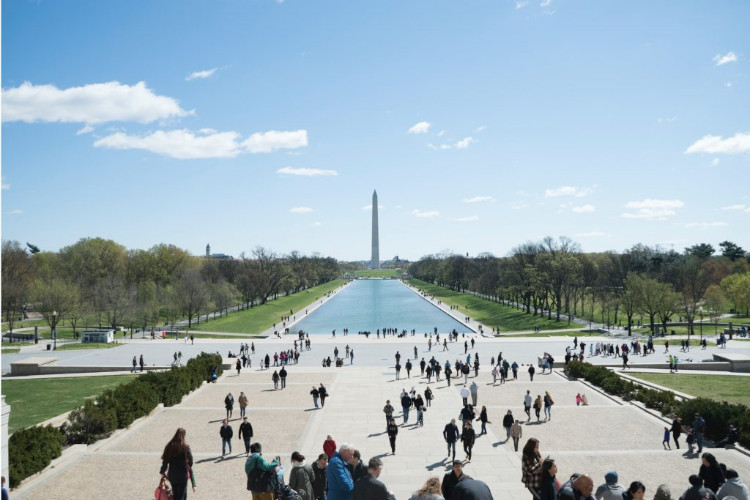
Towering to a height of 555 ft (169m), the Washington Monument is an obelisk that was built to commemorate, as the name suggests, George Washington. At the time of its completion in 1884, it overtook the Cologne Cathedral as the tallest man-made structure in the world; a title which, in 1889, it in turn lost to the Eiffel Tower. It does, however, remain the tallest obelisk, tallest freestanding stone structure and one of the tallest monumental columns in the world.
Some more interesting factoids about the Washington Monument you should know:
- There is a visible difference in the shading of the marble used to construct the obelisk. This is because construction, which began in 1848, was halted for 23 years due to insufficient funding during the Civil War. When building finally recommenced, new marble from a different source was used to complete the monument.
- Inside a hole in the cornerstone there is a zinc time capsule filled with memorabilia. Among other things, it is reported to contain copies of the Constitution and Declaration of Independence, maps, various newspaper articles, a portrait of George Washington, a Bible, and a collection of coins that were in circulation at the time.
- The total cost to build the monument was $1 409 500, equivalent to about $30 000 000 in today’s terms.
How many of these facts did you know or find out for the first time? Have any more facts to share that we didn’t cover? Leave us a comment below, we’d love to hear from you.

Leave a Reply